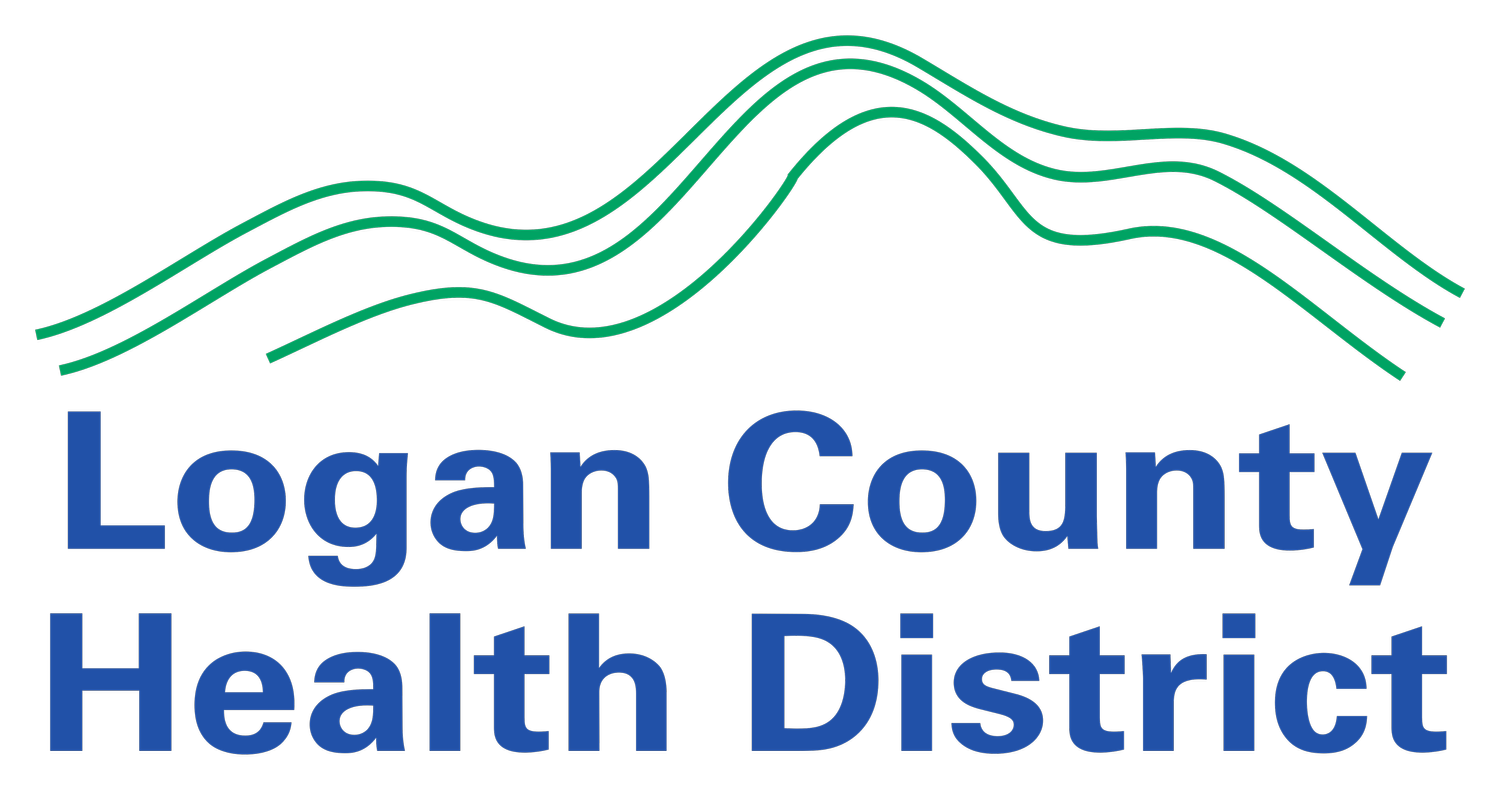January is National Blood Donor Month
Written by Gavin Ruzicka
President Richard Nixon declared January National Blood Donor Month in 1969 in Proclamation 3952. This was chosen to spread awareness for blood drives and blood donation because the end of the holiday season and inclement weather causes a low number of donors and a shortage of blood for those who need it.
Can you Donate?
The American Red Cross outlines general guidelines for blood donation as follows:
· Be in good general health and feeling well.
· Be at least 17 years old in most states (16 years old with parental consent in some states).
· Weigh at least 110 pounds. Additional weight requirements apply for donors 18 years old and younger and all high school donors.
· Have not donated blood in the last 56 days.
What does the process look like?
The blood donation process takes around an hour. When donating blood, you will need to provide your ID and asked some health history questions to determine eligibility. Your temperature, blood pressure, and hemoglobin levels will also be taken.
If you’re donating whole blood, the staff will cleanse an area on your arm and insert a brand-new, sterile needle for the blood draw. (This feels like a quick pinch and is over in seconds). Other donations, such as platelets, are made using an apheresis machine, which will be connected to both arms. A whole blood donation takes about 8-10 minutes, during which you’ll sit comfortably or lie down. A platelet donation takes around 2 hours. When approximately a pint of whole blood has been collected, the donation is complete; a staff member will place a bandage on your arm.
After donating blood, you’ll have a snack and something to drink in the refreshment area. You’ll leave after 10-15 minutes and continue your normal routine.
Before you donate
Before you donate, make sure to drink plenty of water. This makes it easier for them to find a vein and lowers your chances of other complications during donation. Make sure to have iron-rich foods, such as red meat, fish, poultry, beans, spinach, iron-fortified cereals, or raisins and to have a complete meal before you donate. Lastly, get a good night's sleep the night before your donation.
After you donate
Have a Snack, as you may feel a bit woozy after donating. Drink extra liquids (about four glasses of water) as this helps more quickly replenish the blood you donated. Do not do any heavy lifting or vigorous activity to not stress the arm they took blood from. Continue to eat iron-rich foods and make sure to eat complete meals.
How Can you Donate?
The American Red Cross always looks for donors and holds blood donation drives. The best way to find drives near you is to enter your zip code at https://www.redcrossblood.org/give.html/find-drive
References
National Blood Donor Month. www.aabb.org. (n.d.-a). https://www.aabb.org/for-donors-patients/national-blood-donor-month#:~:text=More%20than%2050%20years%20ago,this%20critical%20resource%20is%20needed.
First Time donors. First Time Blood Donors Guide | Red Cross Blood Services. (n.d.). https://redcrossblood.org/donate-blood/how-to-donate/common-concerns/first-time-donors.html
Donation process overview. Blood Donation Process Explained | Red Cross Blood Services. (n.d.). https://www.redcrossblood.org/donate-blood/blood-donation-process/donation-process-overview.html
What to do before, during and after a donation. Tips For A Successful Blood Donation | Red Cross Blood Services. (n.d.). https://www.redcrossblood.org/donate-blood/blood-donation-process/before-during-after.html
